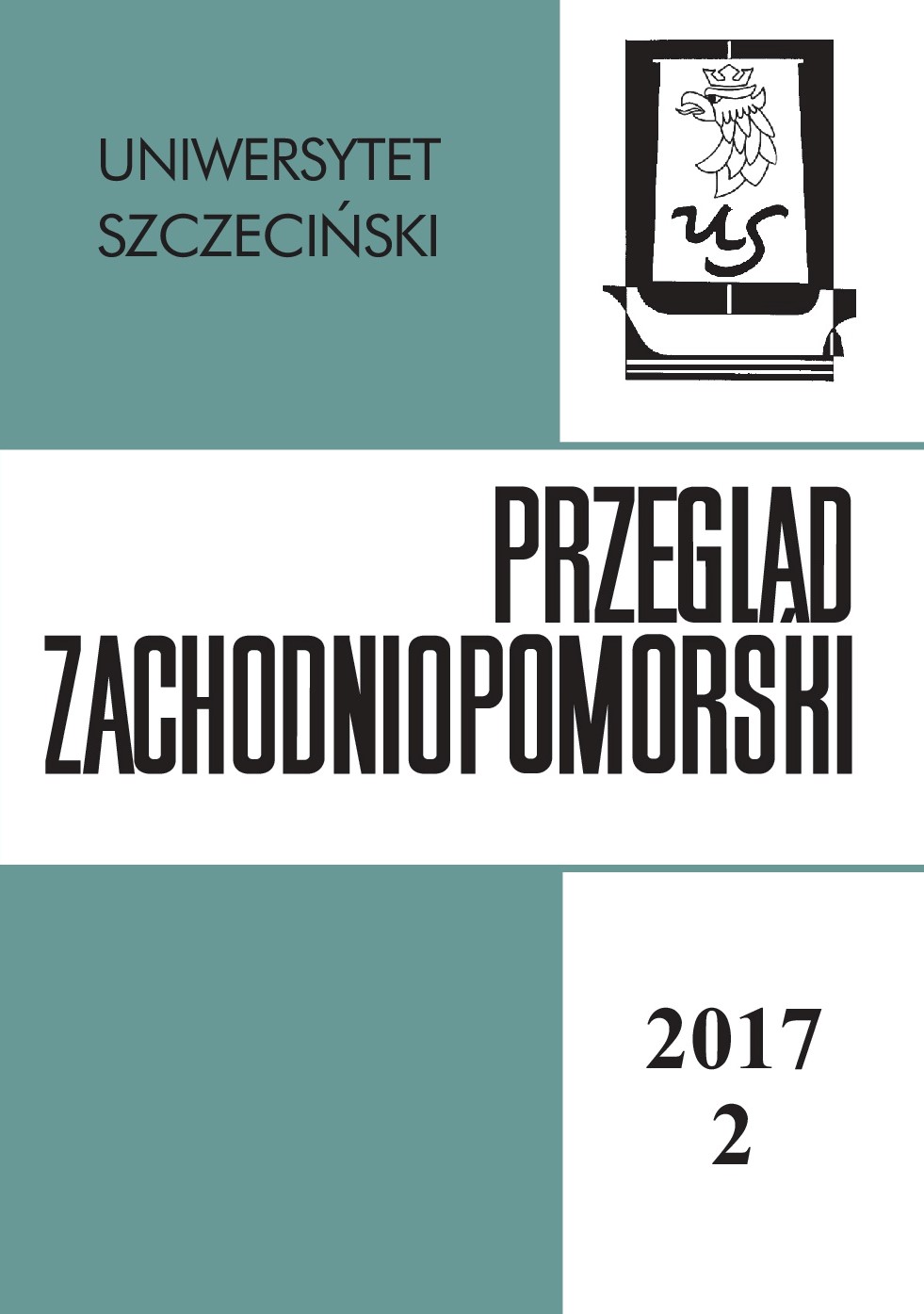Pieniądz czy strategiczny instrument władzy? Obieg kruszcu w społeczeństwie piastowskim przełomu XI i XII wieku, załamanie w dopływie denarów z Saksonii a ekspansja Bolesława Krzywoustego na Pomorze
Money or a Strategic Instrument of Power? The Circulation of Precious Metals in the Piast Society at the Turn of the 11th Century, the Collapse of the Inflow of Denier from Saxony and Bolesław Krzywousty (Wrymouth) Expansion to Pomerania
Author(s): Dariusz AdamczykSubject(s): Politics / Political Sciences, History, Social Sciences, Language and Literature Studies
Published by: Wydawnictwo Naukowe Uniwersytetu Szczecińskiego
Keywords: Bolesław Krzywousty (Wrymouth’s) expansion; Piast society; circulation of precious metals; instruments of power
Summary/Abstract: In the last three decades of the 11th century, many foreign coins, mostly the so-called cross-deniers from Saxony, flowed into the Polish interior. In addition, the Piasts and several aristocrats, such as Sieciech, minted imitations of cross-deniers and their own coins. Moreover, the number of single finds from strongholds dated to the later 11th century seems to indicate an emergence of local markets. But do we really speak of “domestic” markets in that period? The analysis of economic, social and political situation in Northern Europe as well as of the structure and geography of hoards in the Polish interior during the later 11th and early 12th centuries suggests that coins were used as money only in very few sectors of economy. In Piast Poland, several different coins circulated from strongholds to adjacent settlements. However, we do not have any evidence of the horizontal circulation of deniers between the particular rural communities. In contrast, the Piasts may have used silver as a strategic tool to regulate symbolic communication with the political clients and to pay their supporters or to recruit warriors. Furthermore, precious metals may have been used as currency in long-distance trade. By issuing imitations and domestic deniers since the 1070s, the elite tried to take control of the circulation of coins and to monopolise their redistribution – a policy which seems to have been ineffective as long as the cross-deniers flowed from Saxony. As soon as the influx of silver from Germany collapsed in the 1100s, Boleslaw III Krzywousty (Wrymouth) was able to establish domestic deniers as means of payment, at least on the long-distance trade markets of Lesser Poland. Moreover, the collapse of the influx of silver from Saxony may have been the main catalyst for Bolesław III Krzywousty (Wrymouth’s) expansion into Pomerania, aimed systematically at collecting tributes in the form of silver.
Journal: Przegląd Zachodniopomorski
- Issue Year: 32/2017
- Issue No: 02
- Page Range: 143-167
- Page Count: 25
- Language: Polish

